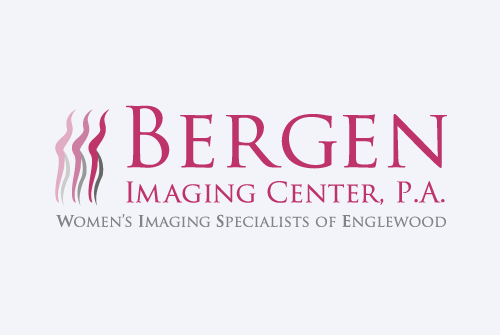The purported benefits of 3D mammography include everything from higher breast cancer detection rates to lower patient recall rates. But in a hype driven world, is the technology behind digital breast tomosynthesis (DBT) really superior to traditional mammography?
Benefits of 3D Mammography
While 2D mammograms produce ‘flat’ images, 3D mammograms can ‘see through’ even dense breast tissue, providing a more detailed look at what’s inside. These 3D images are similar to pages in a book, and allow radiologists to closely examine each layer of breast tissue for abnormalities. In traditional mammograms, breast tissue often overlaps, resulting in hard to read images and higher recall rates.
The false alarms associated with 2D mammography create unnecessary stress and anxiety for patients, and increase healthcare costs.
3D mammography not only reduces recall rates by up to 40 percent, it can also help improve the accuracy of biopsy recommendations.
Current research indicates that tomosynthesis finds more cancers than its 2D counterpart, and may detect breast cancer earlier than traditional mammography as well.
Disadvantages of 3D Mammography
DBT is often combined with digital mammography, potentially increasing radiation exposure. At Bergen Imaging Center we use GE Healthcare’s Senoclaire technology, which uses low dose radiation—similar to the amount in a traditional mammogram.
Probably the biggest drawback associated with 3D mammography is cost. The equipment is more expensive, and it takes longer to interpret images.
That said, preliminary findings presented by researchers from Perelman School of Medicine at the University of Pennsylvania, during the 2017 San Antonio Breast Cancer Symposium, suggest that when diagnosis related costs are taken into account, 3D mammography is more cost efficient than 2D mammography.
Verdict: 3D Mammography Wins
Based on current research, as well as our first-hand experience with 3D mammography at Bergen Imaging Center, the answer is a resounding yes!

